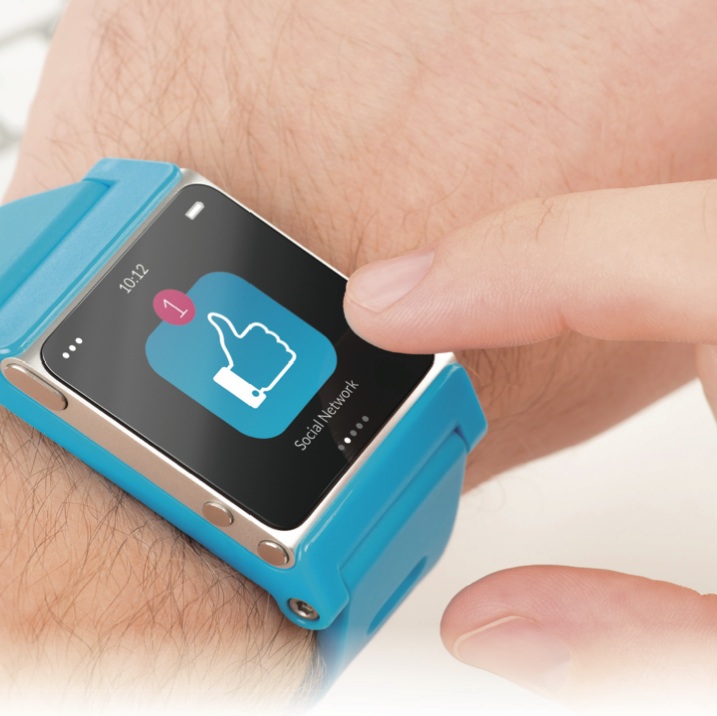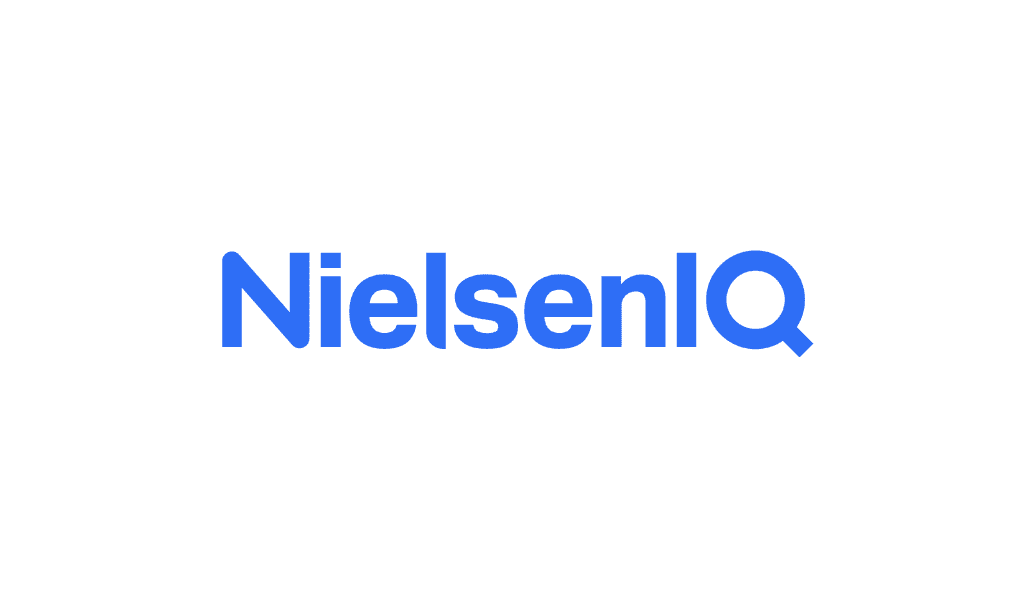
By Nate Walkingshaw
It’s no secret that wearable technology has become a hot trend in the recent years. Devices that track health and fitness range from simple pedometers to wristbands and necklace pendants that monitor the amount of calories burned and record movement and even sleep patterns. These gadgets make it easier for individuals to get a picture of their overall health and fitness so they can stick with plans to live more healthy lifestyles.
Not surprisingly, this automated hands-free approach to wellbeing is also taking off in the corporate world. A growing number of organizations are implementing well-being programs that leverage wearables by providing employees devices that capture data on overall health.
Managers are learning more about how their employees’ behaviors and health choices are impacting their wellbeing, and consequently, their work performance. Wellness programs involving the use of wearable technology have led to happier, healthier workplaces where employees are motivated to be more productive and engaged. They have also caused a shift in workplace culture and focused conversation onto health and wellness.
Numbers Don’t Lie
There have been many studies conducted on the impact of wearable devices on well-being program participation rates and results. The Vitality Group, a large incentive- based wellness program, conducted a three-year analysis of the prevalence of wearable devices in the workplace and their overall impact on employee health. The research revealed pedometer use greatly increased and was popular with an older demographic. Participants of the study who were not previously active reduced their health risk factors by 13 percent, and previously active participants reduced their factors by 22 percent. Employees earned points for being active, sticking to their programs, and meeting goals. They were then able to redeem these points for rewards in an online mall.
Results from other voluntary corporate fitness programs involving wearable technology were revealed at the two-day Digital Health Summit earlier this year. Experts shared that participation rates topped 80 percent, there was a 600 percent increase in weight loss, and 12 percent fewer heart attacks. One study also found that fitness levels increase by 43 percent if a participant is just wearing an activity monitor, no matter what the program requires.
According to Tom Rath’s best-selling book, Eat Move Sleep, the workforce has become too sedentary. On average, Americans now spend more time sitting down (9.3 hours) than sleeping in a given day. And, research consulting firm Gallup estimates that disengaged employees cost the United States between $450 billion to $550 billion each year in lost productivity.
There are many factors that can lead an employee to feel disengaged at the workplace: lack of sleep, a skipped meal, or simply feeling disconnected from their management and co-workers. A healthier lifestyle that includes regular exercise and a stable diet can lead to less sick days, increased focus, and better job performance. The Human Cloud at Work (HCAW) conducted a series of research experiments to study employees’ levels of productivity after weeks of using wearable technology. They found that the use of wearables caused productivity to increase by 8.5 percent and employees’ job satisfaction to also increase by 3.5 percent.
Many organizations are recognizing the research findings and implementing different kinds of wellness programs. The programs that are built upon the use of wearable technology provide more concrete data and metrics for employers to use for everything from negotiating insurance premiums to choosing lunchroom menus.
There are a variety of wearable devices available on the market and functionalities vary. Some can detect location, temperature, and even mood data in addition to tracking heart rate and the number of steps taken. All of this data can provide employers with a clear picture of their employees’ health and give them ideas on how to modify behavior and lifestyle choices outside of the office to improve performance.
Privacy and Security are Tantamount
The thought of sharing health data with employers makes most people shudder, but the fact is many people simply don’t have the motivation to make healthy lifestyle decisions on their own. Wearables are a great way to motivate people to set healthy lifestyle goals and track their progress with very little effort. For all the good things wearables do, it’s essential that the employee wellness platform interfacing with devices encrypts all data and the employee remains completely anonymous to the administrator. Both criteria are necessary to remain Health Insurance Portability and Accountability Act (HIPAA) compliant.
Participation in health and fitness programs is optional, but many employees see their coworkers striving to lead a healthier lifestyle and maybe even working harder at the office, and soon enough they want to give it a try. Many companies are “gamifying” participation by developing competitions within the programs that engage and reward employees for making changes in their lifestyle. Wearable devices provide concrete data for these competitions and can push participants further when they know there is a prize on the line. Contests range from simple step taking competitions, to more complex ones where employees track and share their nutritional intake, heart rates, mood shifts, and sleep patterns. The competition aspect encourages employees to share goals and accomplishments with one another.
When enough people within an organization are using wearable technology, a shift in company culture can occur. Striving toward peak health and fitness levels will become a commonality among co-workers, providing them with a new topic of conversation in the office and create a sense of community. Employers will also be able to transform the workplace into an environment that promotes and celebrates employee health and wellness.
A program that works well for one company won’t always work well for the next. Some employees are motivated by incentives, while others don’t find it worth it to make lifestyle changes. When businesses consider implementing a wellness program involving wearable devices, they should do some research into what kind of program would work best for their organization rather than choosing the most popular new program. Employees who already own wearables or regularly use other applications to track their fitness and nutrition may be hesitant to change up their routine to fit into a program at work.
Every day, more employers exhibit interest in finding new ways to encourage their employees to lead healthy lifestyles. Programs focusing on health and well-being are beginning to thrive in many corporations as a result of the wearable technology craze. These tracking devices make monitoring health and fitness metrics simple and worry free, which appeals to busy workers who want to maintain a healthy lifestyle. The data that they provide is also appealing to employers who want to change up their wellness programs and incentive employees to participate. The results from companies who have integrated wearables into their organization are hard to ignore. The increases in employee productivity, engagement, and job satisfaction are all proof that working toward personal well-being is a win-win for individuals and corporations alike.
Nate Walkingshaw is vice president of Tanner Labs and creator of WelbeTM, the first digital corporate health and well-being program that aggregates Real-time Wellness IntelligenceTM and enables companies to measure, influence, and reward employee behavior on a day-to-day basis.
Success Stories
Autodesk, a multinational software company, began issuing Fitbit devices as optional extras to their employees in 2011. Over half of the company’s U.S. workforce began using them to track the total amount of steps they took each day, which prompted an overall change in behavior at Autodesk. Once they had a device to count their steps, employees made small lifestyle changes that would push them to be more active and meet fitness goals.
Buffer, a San Francisco-based social media startup, provides employees with Jawbone Up devices so they can track their activity, sleep, and amount of calories burned each day. In an effort to create an open environment, Buffer employees are encouraged to share their data, goals, and accomplishments with fellow team members. To ease employees’ hesitation and fears about privacy, company leaders ensure that the collected data is only used to support their culture of self-improvement. After a year with the Jawbone devices, the Buffer team has made strides in regards to fitness, well-being, and openness.
Real Results
Results from voluntary corporate fitness programs involving wearable technology were revealed at the two-day Digital Health Summit earlier this year. Experts shared that participation rates topped 80 percent, there was a 600 percent increase in weight loss, and 12 percent fewer heart attacks.
One study also found that fitness levels increase by 43 percent if a participant is just wearing an activity monitor, no matter what the program requires.














